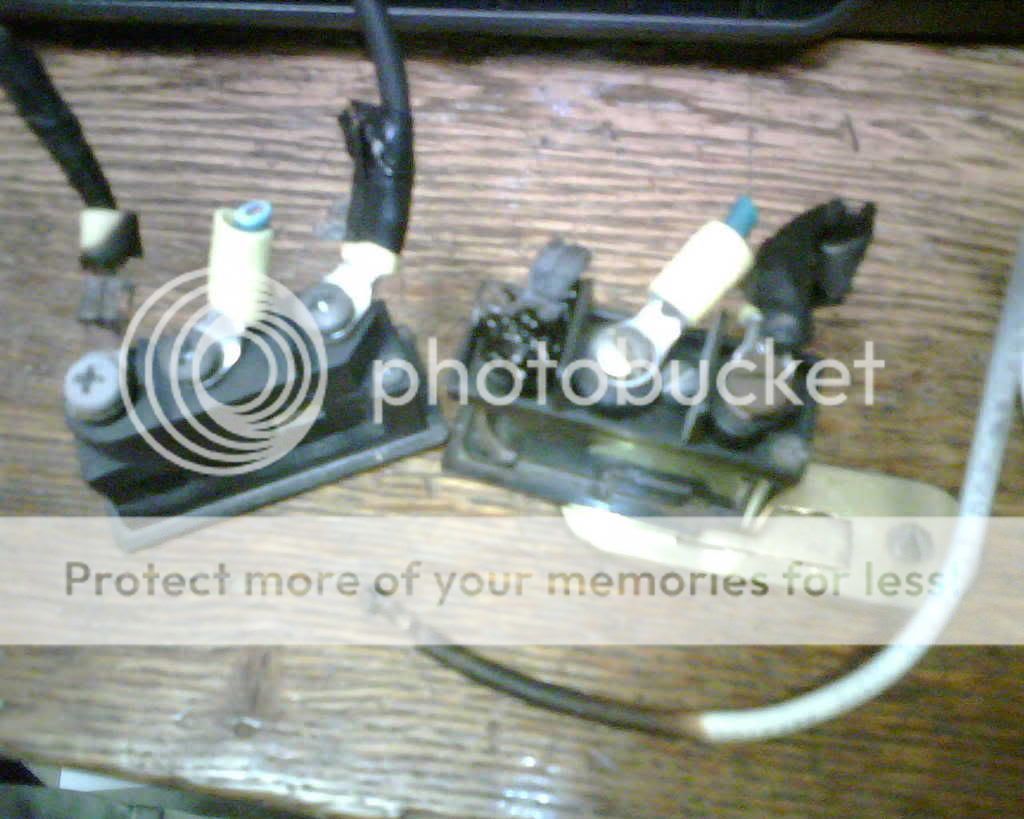Though you guys might find this one interesting...
So I was setting up a couple of stage lights for this awards ceremony we had in the multipurpose room thing. They are just 2 pars behind the 'stage' (platforms we stole from drama) pointing up on the walls gelled with the school colors. No big deal. So after our setup session I unplug them to find the plug for the adapter is hot . Not good-- both the edison and stagepin plugs and the wire are rated for 15+A and I'm only running 10-11A (I didn't get out a calculator). So I figure there's a bad contact in the plug and take it over to the shop to find:
. Not good-- both the edison and stagepin plugs and the wire are rated for 15+A and I'm only running 10-11A (I didn't get out a calculator). So I figure there's a bad contact in the plug and take it over to the shop to find:
-Ground not connected
-Neutral has some kind of very corroded crimp on it
-Hot has maybe 1/8'' of wire stripped and isn't making a good connection
-No strain relief (I had already noticed that)
-Outer insulation strippped about 1 inch outside the plug
-Inner insulation cut on that part in about 5 places (I could see copper)
I prompty fixed that one!!! And our shop teacher and I had a good laugh about how crappily it was made. But seriously-- how can someone wire an adapter that poorly? I mean that required some serious skill to wire it that poorly and still get it to power lights. BTW I am going to recommend that the check all of our homemade adapters.
So I was setting up a couple of stage lights for this awards ceremony we had in the multipurpose room thing. They are just 2 pars behind the 'stage' (platforms we stole from drama) pointing up on the walls gelled with the school colors. No big deal. So after our setup session I unplug them to find the plug for the adapter is hot
-Ground not connected
-Neutral has some kind of very corroded crimp on it
-Hot has maybe 1/8'' of wire stripped and isn't making a good connection
-No strain relief (I had already noticed that)
-Outer insulation strippped about 1 inch outside the plug
-Inner insulation cut on that part in about 5 places (I could see copper)
I prompty fixed that one!!! And our shop teacher and I had a good laugh about how crappily it was made. But seriously-- how can someone wire an adapter that poorly? I mean that required some serious skill to wire it that poorly and still get it to power lights. BTW I am going to recommend that the check all of our homemade adapters.







